This phenomenon is very common and negatively affects the quality of life, so you need to talk more about the types of disease, symptoms, causes and treatment methods.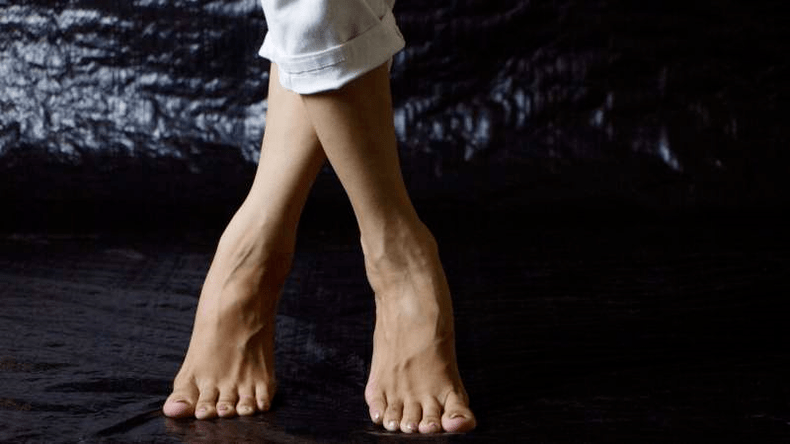
What is the valgus deformation?
Stop defensive is an orthopedic pathology in which deformation of the first finger plusnoplance joint occurs. With this, the first (large) finger of the foot is gradually different and other fingers are deformed. The most typical feature of the disease is the development of exofitas (bone fraction), the foot increases transversely and is inclined inside. The diagnosis occurs when several indicators change at the same time: the most typical feature of the disease is the development of exofitas.
Reasons, mechanism
By deformation of the foot, joint biomechanics disturbance and plusneva bone, which leads to the curvature of the foot. The weakness of the tissues of the legs is guilty of the valgus deformation. By deformation of the foot, joint biomechanics disturbance and plusneva bone, which leads to the curvature of the foot. The thumb can no longer look into and differ.
In addition, the patient expects inflammatory processes where the ledges of the bones, bursitis and bone tissue changes in the area of plus bone 1 (head). This leads to wear joints, arthritis and arthrosis. All this is made complicated by the development of corn and callus.
Reasons:
- inappropriate shoes (high heels and lack, short or small shoes, narrow toe);
- flat foot;
- hypermobility of foot joints;
- short calf muscle;
- genetics and inheritance;
- osteoporosis;
- working conditions (those who are forced to stand for a long time);
- disorders in the work of the endocrine system;
- Overweight.
Type
There are the following types of deformation of the foot:
- Static deformation is combined with flat legs and occurs as a result of curvature of the spine. The treatment should begin with the back treatment.
- The cause of the structural valgus deformation of the leg is the congenital disorder of the leg development.
- The cause of paralysis species is encephalitis or polio.
- Rachitic is a result of a lack of vitamin D and other substances. This is also possible as a result of a violation of mineral metabolism.
- The traumatic occurs after breaking the tapes or fracture.
- Spastic deformation develops due to muscle cramps.
- With a compensator, the tendons are shortened and the shape of the ankle joint changes.
- The hyper -correction develops after the inadequate therapy of Clubfoot.
- The equivalent of the foot is disturbed by the foot, the sole is very curved inward and has long been in place, and one feels severe pain. This disease develops as a result of brain paralysis and is often found in infants.
- There is no transverse and hollow arrangement when installing a flat vagalic foot.
- The type of fifth valgular deformation develops directly in the womb due to the inadequate location of the foot. The first part of the leg is much allocated and the heel is visually merged with the lower leg.
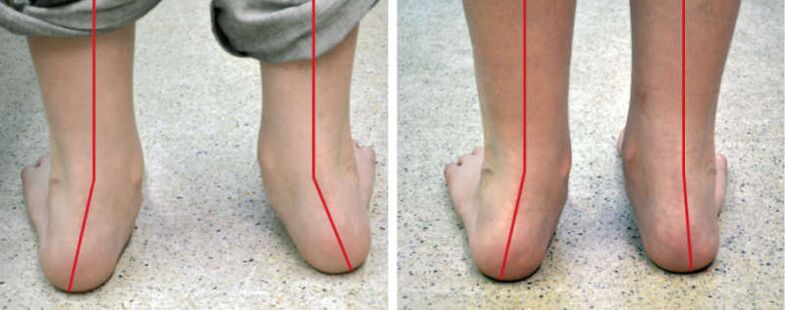
Symptoms in different stages
The disease develops slowly, but durable, so the symptoms differ in different stages of the deformation of the valgus.
Are at an early stage:
- painful feelings when wearing certain types of shoes (with a long toe or narrow shoes);
- Redness of the skin in the area of protruding seeds.
They are in Stage 2:
- inflammatory processes in the joints;
- pain;
- swelling;
- Growth becomes more noticeable.
In Section 3:
- The pain will be exhausting and sharp;
- There are corn or keratinized skin on the feet;
- All the fingers and joints of the foot have deformation.
Diagnosis
The main diagnostic methods to determine the deformation of the foot are as follows:
- Clinical control. The orthopedist will appreciate the levels of the fingers and heels, as the arc of the legs is smoothed and how much it is shifted inside, plus the presence of edema.
- X -Ray. Constant and immediately performed with 2 forecasts. Allows you to accurately evaluate all angles between the joints.
- Ultrasound.
- Plantography. This helps to determine how much the load on the foot and stage of the flat legs.
- Computer analysis. Otherwise, computer testing of the foot is called postometry and allows you to determine the pressure of the legs.
Treatment in children and adults
If deformation is not neglected, conservative treatment is used.
Medical physical education
It is best to do this in the hospital, but it can be at home. It strengthens its leg and promotes proper distribution of load, plus it improves blood circulation and does not allow edema. The complex suggests orthopedic or can deal with the video.
Here are the most effective exercises:
Cycling workout is effective for the press and hips but it helps in the legs
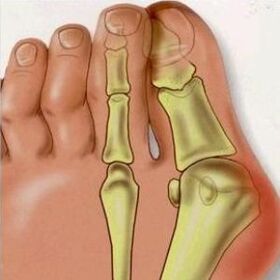
- Bicycle. Effective for the press and the hips, but helps the legs. When you move your leg away from you, pull your leg forward as you pull your leg on your feet.
- Sitting on the floor. With your hands, do it based on the floor. We bend eight times and extend the legs in the ankle, spread their fingers widely, and return them to i. p. to. Effectively squeeze and rumble your fingers on your legs.
- On the chair. The legs are moved only with the fingers. You can fix the pencil of fingers 1 and 2 and draw them to Whatman you like.
- We stretch straight legs on a chair on a chair and pull the ankle on us until it stops. Bow and the maximum finger 1. We stretch ourselves after the foot and bow to the fingers as much as possible. Children rise to socks and walks inside the foot will be effective.
It will be useful to walk on any ribbed surface, sand, pebbles (no -strong) and just a narrow road. The scooter and the bike will be useful for children as they strengthen the foot muscles and joints. Swimming can also strengthen the foot muscles and improve blood circulation.
Orthopedic
Different tools are used here, but they are only selected with orthopedic:
- Orthopedic shoes. Such shoes must have a hard and tall coast and a special corner, longer from the inside. It should also be a major disclosure that allows you to wear it with other devices (corrections and latches).
- Layers. These can be called by the concealers. Overlaps prevent deformations from developing, reducing rubbing and pressure, and not allowing the formation of false joint situations. Made of silicone.
- Tires. Occasionally avoid surgery, but not recommended with advanced sections. They fasten the joints tightly and allow them to be in a constantly relaxed condition, relax the muscles and prevent swelling. All of this allows the joint to be healthy and correct.
- Bandages. They are used for Hallus Valgus, which is similar to tires but are softer.
- Supinators. So otherwise it is called orthopedic insole. These are mechanical supports that correct the load distribution of the legs and fix the joints. Valgus deformation can be used by transverse, transverse and frame inspectors.
- Interdal between the partitions. They can be called gaskets, rollers or separators. Facilitate the condition and warn the deformation, but they cannot drastically heal. Normalizes walking. They can be made with locks, gel or silicone.
- Orthes and instructors. Such products are needed with the valgus deformation of the lower leg or knee. Their task is to strictly fix the leg. The news for sale can also be called insoles, which have been written above.
- Massage carpets. They perform the same functions as any uneven surface we recommend to walk during the disease. Improve the bloodstream, prevent swelling, relieve pain.
Physiotherapy
Its task is to relieve the symptom of pain, prevent the stagnant processes of the foot, improve blood circulation and relieve inflammation swelling:
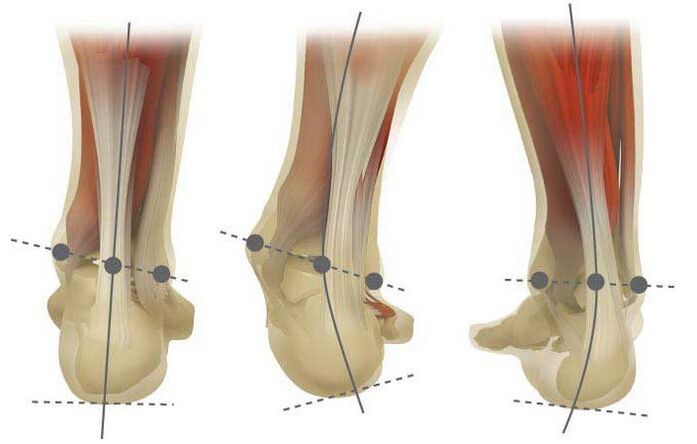
- Electrophoresis is performed with calcium preparations, chondroitin, glucosamine, anti -inflammatory drugs and analgesics
- Diadinamotherapy. This treatment with electric currents (50-100 Hz frequency). The pain relief has a myostimulatory effect and improves joint nutrition. Electrodes bifurized in the treatment of joints are used. High temperatures, high blood pressure, asthma, epilepsy, radiculitis and neuritis, injuries are contraindicated.
- Electrical stimulation. The effect of pulse currents with different indicators allows you to train and strengthen the deepest muscles. As a result, the leg is strengthened. This is done by applying electrodes to the skin. Duration - up to 2/3 hours, the course up to 30 procedures. Contraindications are the same as diatime therapy and skin damage.
- Electrophoresis. In this disease, electrophoresis is performed with calcium preparations, chondroitin, glucosamine, anti -inflammatory drugs and analgesics. There are no contraindications, but you have to choose the right medicine.
- Magnetic therapy. Simulates all cells and accelerates metabolism processes used as an additional agent. The electromagnetic field stimulates nerves and muscles.
- Mud applications. Relieve inflammation, swelling and pain. The mud can be sapropelia, hydrothermal and peat, volcanic and sopom. It is applied to the legs in the form of "socks" and covered with tissues. Contraindicated in skin injuries and diabetes.
- Ozokerite. It heats and nourishes the joints, stops inflammation. Used in the form of a bath or "boots".
- Paraffin applications. The paraffin is laid on sore legs. Underneath, anti -inflammatory ointments can be used. Relieve inflammation and pain, improve blood supply. Contraindications are the same in the treatment of mud and ozkerit.
- Night baths. Relax the foot muscles, relieve pain and inflammatory processes. The most applied to bath salt and dirt.
- Acupuncture. This promotes some causes of the development of leg deformation if it is caused by any disease of the nervous system or endocrine: it only has to do the right points at the right points.
Working correction
With too neglected deformation of the legs and overgrown exofit, the operation is the only effective method. About one hundred types of operations are used to treat deformation.
The most effective are the following:
Recovery begins on day 2, when operated is allowed to move the fingers
- Surgical removal of growth (minus that it may increase again);
- balancing periarticular muscles;
- Reconstruction of deformed bones;
- Joint fixation - interrupted;
- operation for the restoration of the leagues and their correct location;
- implantation of the joint or tendons;
- Operation on the cutting of plus bones - exostctomy;
- Osteotomy is an operation to change the angle of the bones and the removal of phalanx or extra. Can be Chevarine, proximal or distal;
- Dozens of other operations.
Healing begins on day 2, when the operator allows you to move your fingers. After 1, 5 weeks, you can start the walk, but you can't take a cooperative area.
You can load your feet in 4-5 weeks. After 6 months, you can wear shoes and start sports.
Recommended through shock treatment during rehabilitation, which improves tissue circulation and reduces edema. The methods of physiotherapy described above will be useful.
Folk treatment methods
Not the best way to correct the valgus deformation of the legs and to get rid of the bone. But you can try it.
Compression is popular.
They use iodine, cabbage sheet, fish (river), aspirin, terpentine, snow, castor oil:
- The cabbage base can be applied to the affected joint, can be packed in a scarf and lay down.
- The turpentine first rubs into the skin after heating his leg and goes to bed.
- Baths with iodine. A teaspoon of iodine is required per liter of water. Squeeze your leg for 1/3 hours and grind well.
However, practice shows that folk treatment of valgus curvature of the legs is ineffective and harmful.
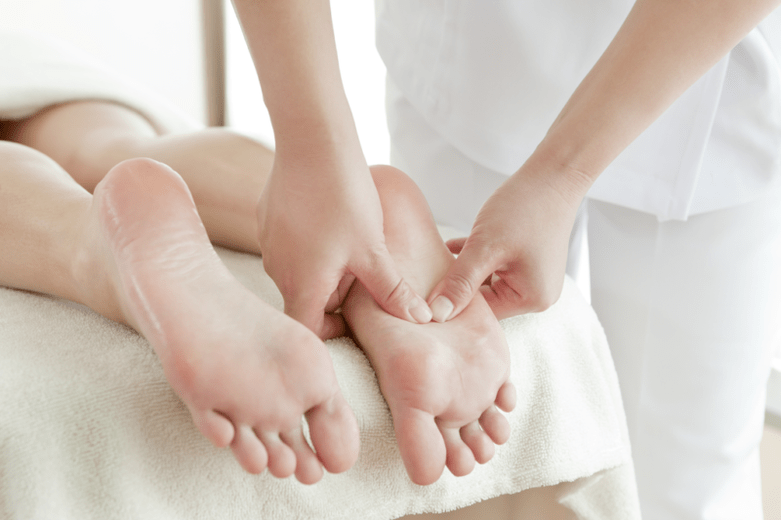
Prevention
The relapse occurs in this disease because the weakness of the ligaments and the muscles is not that simple.
Prevention includes:
- Wearing the right shoes: natural, narrow socks and in a small corner;
- Timely treatment of flat legs;
- Rest on the legs;
- load control;
- relaxing baths;
- Orthopedic foot bites or supervisors.
What should be the shoes?
It is better to order orthopedic shoes in special stores and after an orthopedic consultation.
The shoes should be:
- soft;
- Socks must be wide;
- Cabluk is required - up to 4 cm;
- The background and the supervisor should be dense and high (the background height - 3 cm from the heel).























